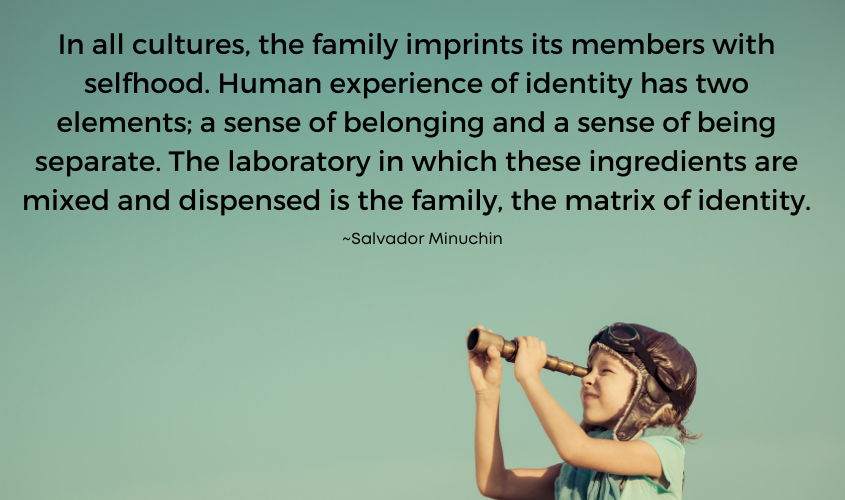Structural Family Therapy
What is structural family therapy?
Structural family therapy involves looking at the structures within the family unit. Changing the underlying structure tends to cause a ripple effect on the family. This therapy analyzes the hierarchical structure, subsystems, and boundaries within the family.
How does structural family therapy work?
Structural family therapy was originally developed by Salvador Minuchin and has 3 essential components:
- Structure
- Subsystems
- Boundaries
Structure
When looking at structure, therapists tend to look at the organized pattern of your family members to help and understand your family’s patterns. Commonly, these patterns are repeated and by understanding structure, you can decide what needs to be done to help modify or improve the patterns in the relationships within your family.
Usually, by changing the underlying family structure, it tends to cause a ripple effect on family transactions. Additionally, since all families have some form of hierarchical structure, each having different amounts of authority, the transactional patterns in your family need to be analyzed as well.
Subsystems
When exploring this even further, your family can then be looked at through different subsystems, which commonly can be done by looking at the groupings of either the parents or the children or examining any other relationships within your family.
Commonly every member of your family also plays different roles in different subgroups within the family structure. It’s important to help explore interpersonal boundaries within these subsystems to maintain healthy relationships within the family.
Boundaries
Some common terms used within structural family therapy include looking at boundaries. Two important concepts are:
- Disengagement, which involves decreased levels of contact with other family members.
- Enmeshment, which occurs when there is a heightened sense of mutual support, but at the cost of losing your independence and autonomy.
Ultimately, family systems need to learn to accommodate the needs of the other individuals in a healthy system without losing themselves. This involves setting clear boundaries and re-establishing appropriate hierarchical structures which are commonly disrupted by overly child-centered relationships.
When is structural family therapy used?
Structural family therapy can used to treat:
- Adolescent & teen issues
- Blended family adjustment
- Divorce or separation
- Family issues
- Parenting issues and support
- Family violence
This type of therapy may be used to treat other conditions and concerns in addition to those listed above. It may also be used in conjunction with other treatment methods. Your therapist will work with you to determine the best treatment method for your individual circumstances.
You should be aware that there is no treatment method that is successful for every person. What works for you, may not work for someone else.
What to expect from therapy
Put simply, you will get out of therapy what you put into it. It’s not a magic solution that will solve all your problems. It may involve you doing some real work and being completely honest with yourself and your therapist. Sometimes facing our truth is the hardest thing of all – but from that discomfort can come healing and growth.
Insight’s therapists are available for in-person, online, or telephone counselling. Contact us to learn more.

















